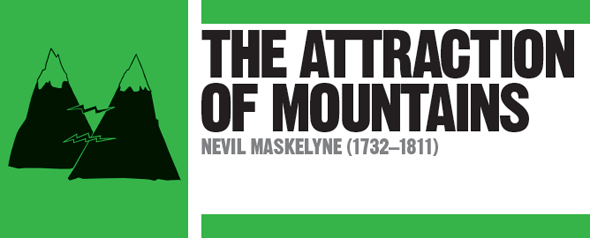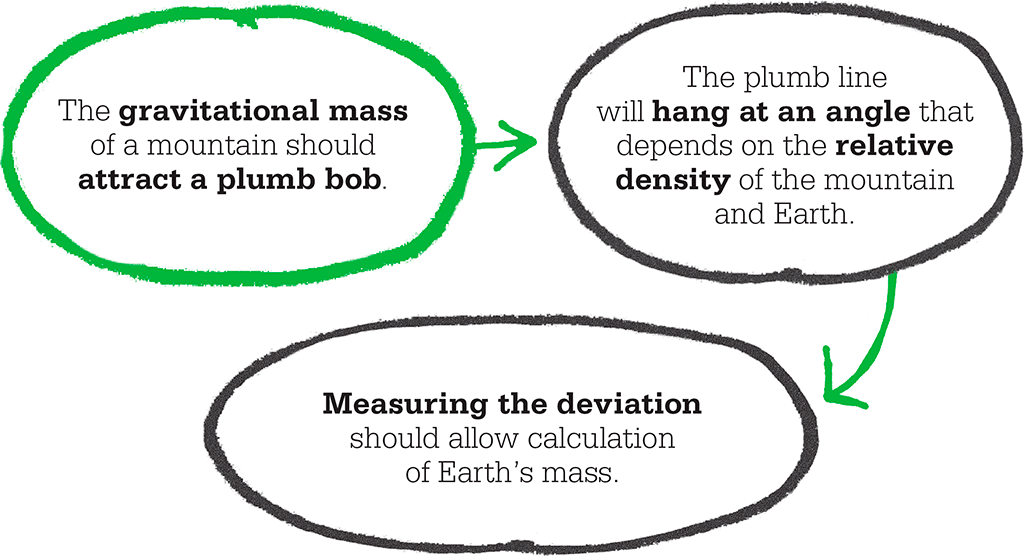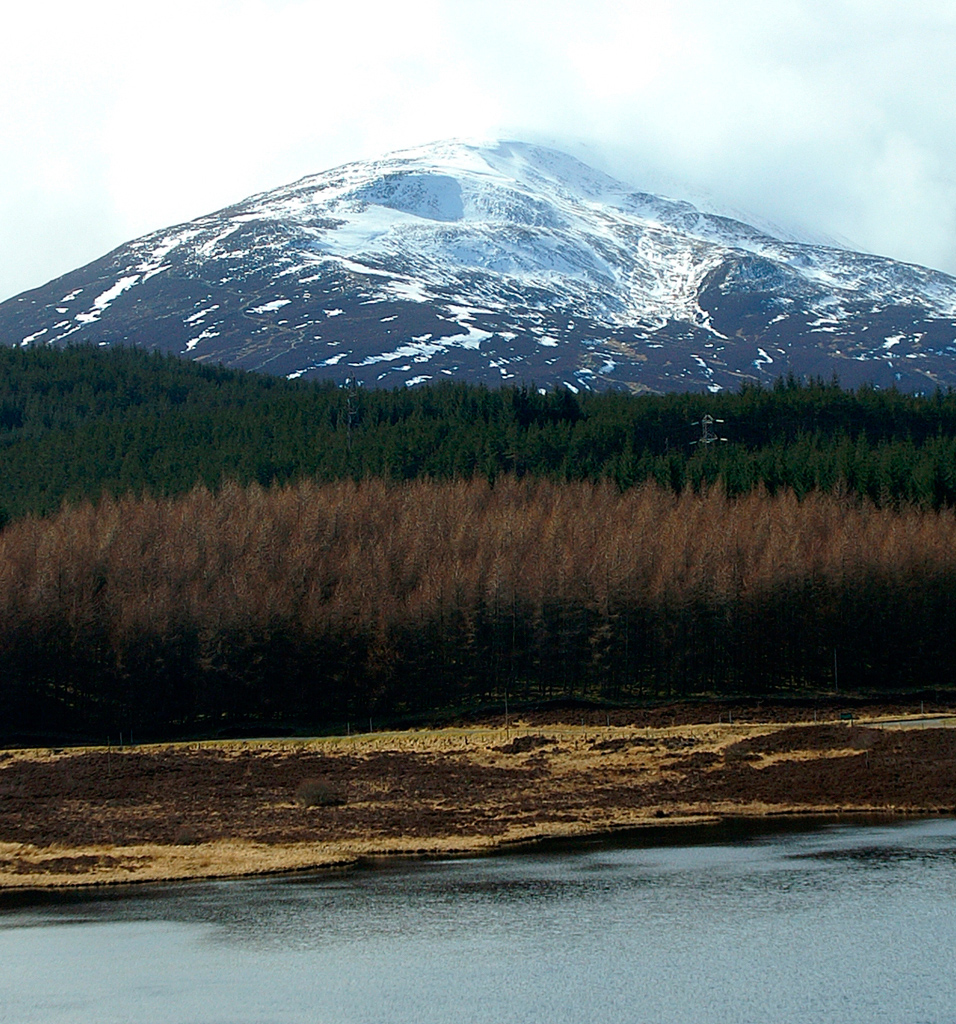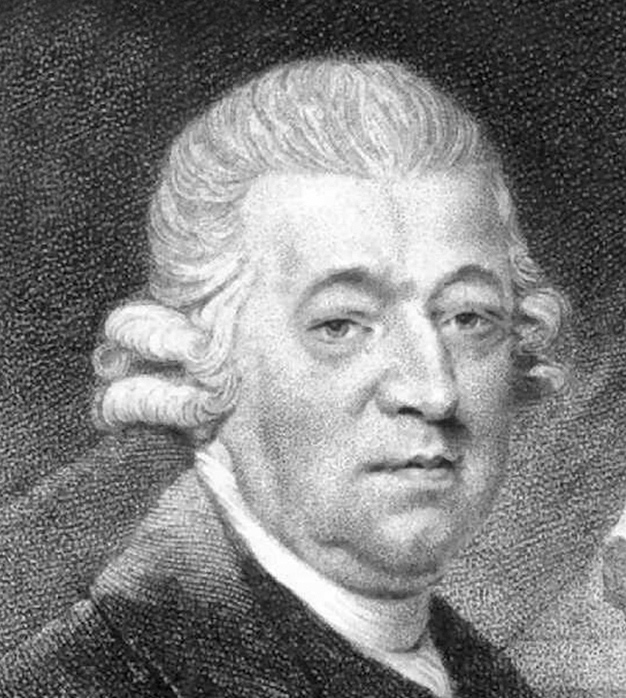
IN CONTEXT
Earth science and physics
1687 Isaac Newton publishes the Principia, in which he suggests experiments for calculating Earth’s density.
1692 In an effort to explain Earth’s magnetic field, Edmond Halley suggests that the planet consists of three concentric hollow spheres.
1738 Pierre Bouguer attempts Newton’s experiment, without success, on Chimborazo, a volcano in Ecuador.
1798 Henry Cavendish uses a different method to calculate the density of Earth, and finds it to be 5,448kg/m3 (340lb/ft3).
1854 George Airy works out Earth’s density using pendulums in a mine.
In the 17th century, Isaac Newton had suggested methods for “weighing the Earth” – or calculating Earth’s density. One of these involved measuring the angle of a plumb line on each side of a mountain to find out how far the gravitational attraction of the mountain pulled it from the vertical. This deviation could be measured by comparing the plumb line to a vertical calculated using astronomical methods. If the density and volume of the mountain could be ascertained, then, by extension, so could the density of Earth. However, Newton himself dismissed the idea because he thought the deviation would be too small to be measured with the instruments of the day.
In 1738, Pierre Bouguer, a French astronomer, attempted the experiment on the slopes of Chimborazo in Ecuador. Weather and altitude caused problems, however, and Bouguer did not think his measurements were accurate.
In 1772, Nevil Maskelyne proposed to the Royal Society in London that the experiment could be conducted in Britain. The Society agreed, and sent a surveyor to select a suitable mountain. He chose Schiehallion in Scotland, and Maskelyne spent nearly four months making observations from both sides of the mountain.

The density of rocks
The orientation of the plumb line compared to the stars should have been different at the two stations even without any gravitational effects, because of the difference in latitude. However, even when this was accounted for, there was still a difference of 11.6 seconds of arc (just over 0.003 degrees). Maskelyne used a survey of the shape of the mountain and a measurement of the density of its rocks to work out the mass of Schiehallion. He was assuming that the whole Earth had the same density as Schiehallion, but the deviation of the plumb lines showed a measured value of less than half of what he was expecting. Maskelyne realized that the density assumption was not correct – the density of Earth was clearly much greater than that of its surface rocks, probably, he reasoned, due to the planet having a metallic core. The actual observed angle was used to work out that the overall density of Earth is about double that of Schiehallion’s rocks.
This result disproved one theory of the time, advocated by English astronomer Edmond Halley, that said Earth was hollow. It also allowed the mass of Earth to be extrapolated from its volume and average density. Maskelyne’s value for the overall density of Earth was 4,500kg/m3 (280lb/ft3). Compared with today’s accepted value of 5,515kg/m3 (344 lb/ft3), he had worked out the density of Earth with an error of less than 20 per cent, and in the process had proved Newton's law of gravitation.

Schiehallion was chosen as the site for the experiment because it was symmetrically shaped and isolated (and therefore less affected by the gravitational pull of other mountains).
"…the mean density of the earth is at least double of that at the surface…the density of the internal parts of the earth is much greater than near the surface."
Nevil Maskelyne
NEVIL MASKELYNE

Born in London in 1732, Nevil Maskelyne became interested in astronomy at school. After graduating from Cambridge University and being ordained a priest, he became a member of the Royal Society in 1758, and was the Astronomer Royal from 1765 until his death.
In 1761, the Royal Society sent Maskelyne to the Atlantic island of St Helena to observe the transit of Venus. Measurements taken as the planet passed across the Sun’s disc allowed astronomers to calculate the distance between Earth and the Sun. He also spent much time trying to solve the problem of measuring longitude while at sea – a major issue of the day. His method involved carefully measuring the distance between the Moon and a given star, and consulting published tables.
Key works
1764 Astronomical Observations Made at the Island of St Helena
1775 An Account of Observations Made on the Mountain Schehallien for Finding its Attraction
See also: Isaac Newton • Henry Cavendish • John Michell